Risk of stranded assets in commercial real estate
December 15, 2022
The EU-taxonomy and the increased sustainability demands might leave several property companies with stranded assets, Varig’s Research Director Jonas Haugan writes.
Sustainability and non-financial reporting has become mandatory for a number of large companies (listed or not). The companies have to comply with several directives such as the Corporate Sustainability Reporting Directive (CSRD) and the EU-taxonomy. As a consequence, Small and Medium-sized Enterprises (SMEs) will face new documentation pressure to access green loans and lower funding costs.
What is the EU-taxonomy?
The EU-taxonomy for sustainable activities is a classification system defining which economic activities are considered as environmentally sustainable. It is part of the Green Deal strategy developed by the European Commission (EC) to ensure that the climate and energy targets for 2030 will be reached.
The overall objective is to direct money towards sustainable projects and as a conclusion increase transparency and reduce greenwashing. It also creates a way for investors to compare companies or activities on terms of sustainability, thus laying the foundation for how to report on sustainability.
The taxonomy comprises six environmental objectives:
- Climate change mitigation
- Climate change adaptation
- The sustainable use and protection of water and marine resources
- The transition to a circular economy
- Pollution prevention and control
- The protection and restoration of biodiversity and ecosystems
Will the EU taxonomy affect the commercial real estate industry?
The industry currently faces great upheaval, and more challenges will present themselves as the taxonomy is rolled out in full force. We already see a confusion on how to report on what, as well as challenges with data collection and its quality.
As the taxonomy is rolled out gradually, some time will pass before its requirements are fully incorporated and understood. What’s clear even now, is that property companies not prioritizing the EU-taxonomy are increasing their risk of owning stranded assets.
What are stranded assets and CRREM?
CRREM (Carbon Risk Real Estate Monitor) is an EU-funded research project, made for decarbonizing the operations of real estate assets. The tool is focusing on identifying the assets that are at risk of not meeting future energy efficiency standards or assets that can’t be upgraded to standard within the realm of financial viability. As a consequence, these property types will drop in value and become less attractive to buy or sell. CRREM describes stranded assets as “properties that will not meet future energy efficiency standards and market expectations and might be increasingly exposed to the risk of early economic obsolescence”.
The fact that the EU has launched such a comprehensive tool to evaluate stranded assets-risk, shows the magnitude of the challenge the commercial real estate industry is facing.
Five steps to avoid stranded assets
There are some steps to be taken to avoid owning properties that will eventually become stranded:
1. Get ahold of the available data
Start with the data and the information that is already available for your assets. This data should be mapped, structured, and set into systems that is accessible to different stakeholders.
2. Map data gap
Get an overview of the missing or unavailable data points and plan how you can start collecting them. Should that prove too hard or time-consuming, consider using data partners or implementing systems that can automize the data flow and compilation of your asset’s data.
3. Identify underperforming properties
Once you have the complete overview, you need to identify the measures that will have the highest impact in improving your assets. In this process, however, it’s important that the problem areas are identified on the right basis. Older buildings would more often than not have a higher energy consumption, but they might be performing well compared to other similar buildings with similar constraints.
4. Set goals to improve
Once you’ve found a method for gathering the needed data and you have identified the potential for improvement, set goals. For your assets and your portfolios. Bear in mind, it’s more important to demonstrate improvement from one year to another than boasting the performance of a single asset.
5. Create a sustainability strategy
Last, but not least, you need to create a sustainability strategy. Having a common approach on how to report on what makes it a lot easier to document and compare the data from one year to another.
One thing is certain: Property companies wanting to avoid stranded assets, need to place sustainability at the top of their agenda. And they need to do it now.
Book a free demo